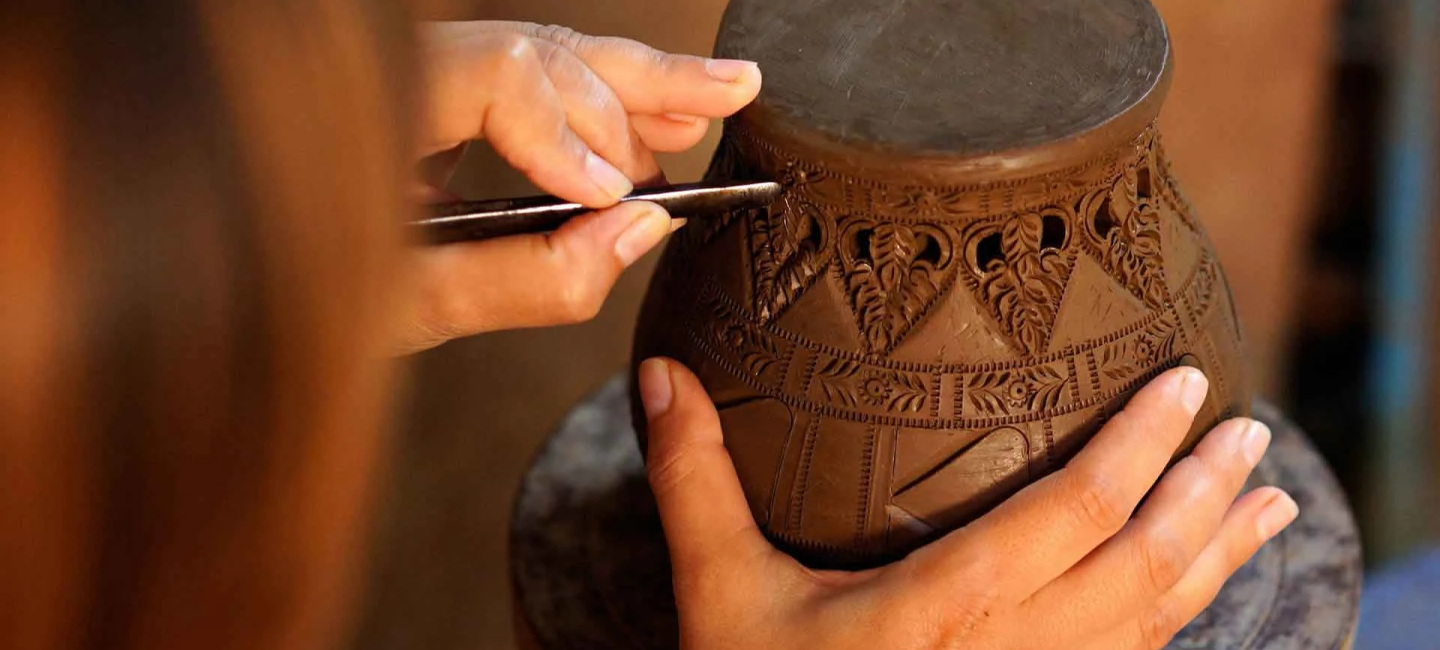
India’s design traditions are as diverse as its landscapes, with each region offering a unique glimpse into its architectural brilliance and artistic heritage. From the snow-capped valleys of Kashmir, where intricate woodwork and exquisite textiles tell tales of centuries-old craftsmanship, to the sun-drenched shores of Kanyakumari, where vibrant colours and bold patterns mirror the region’s cultural vibrancy, India’s design story is one of deep-rooted tradition and unending creativity. Every corner of the country, from its towering temples and majestic palaces to its humble homes and everyday objects, reflects the profound connection between art, history, and the cultural identities that continue to thrive across the vast and varied land.
In Kashmir, a region celebrated for its breathtaking landscapes and serene beauty, the design traditions are rooted in an extraordinary legacy of skilled craftsmanship. The famed Kashmiri carpets, or namda, are another highlight. Each rug is a masterpiece, featuring motifs inspired by nature, such as chinar leaves and lotus flowers, and woven in rich, earthy tones.
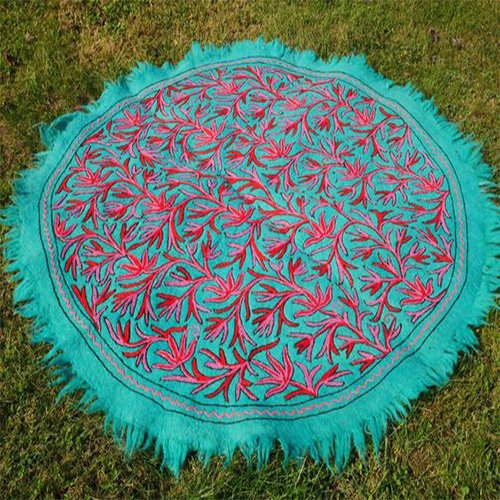
The region’s shawl-making tradition, particularly the world-renowned Pashmina shawls, also exemplifies Kashmir’s dedication to art and detail. Made from the finest wool, these shawls are soft, luxurious, and often feature intricate hand-embroidery, making them highly prized across the world.
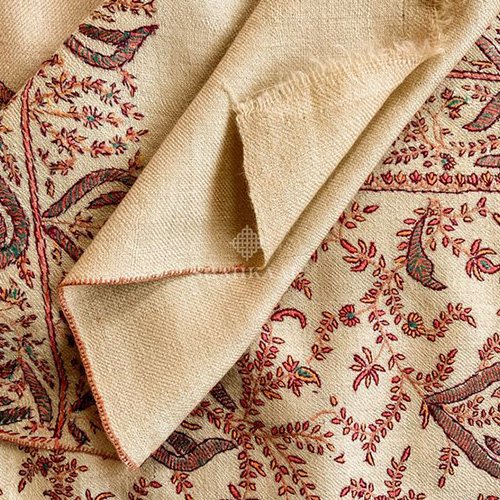
Rajasthan, a state renowned for its historic cities like Jaipur, Udaipur, and Jaisalmer, is a showcase of grandeur and architectural splendour. The region’s palaces and forts are more than just remnants of a regal past; they are masterpieces of design that reflect the opulence and artistry of Rajasthan’s royal heritage. The palaces are adorned with detailed frescoes depicting tales of valor and romance, while mirror work, known as thikri, sparkles in the sunlight, creating a dazzling effect that is unique to Rajasthani architecture.
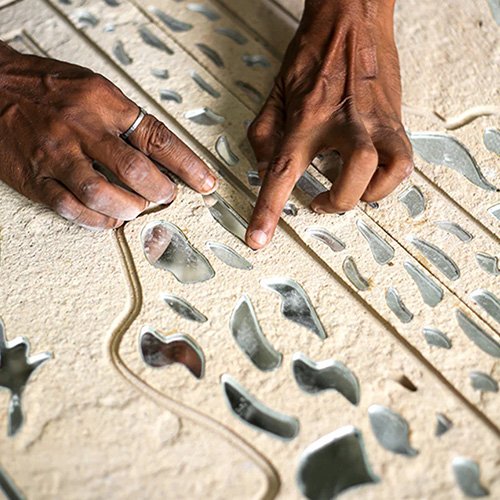
Beyond architecture, Rajasthan’s design legacy extends to its vibrant textiles, which are deeply woven into the fabric of daily life. The traditional Bandhani fabrics, known for their tie-dye patterns, are created using a technique that has been practiced for centuries. Similarly, Phulkari embroidery, with its detailed floral patterns, adds a burst of color and tradition to everyday attire. This embroidery, traditionally practiced by the women of Punjab and Rajasthan, is known for its intricate stitches and vibrant hues, making each piece a work of art in itself.

Maharashtra is a region where the old meets the new, seamlessly blending traditional and modern design elements. The Paithani silk saree, often referred to as the ‘Queen of Silks,’ is a prime example of Maharashtra’s rich cultural tradition. Each Paithani saree is handwoven with meticulous care, making it a treasured possession that is often passed down through generations.
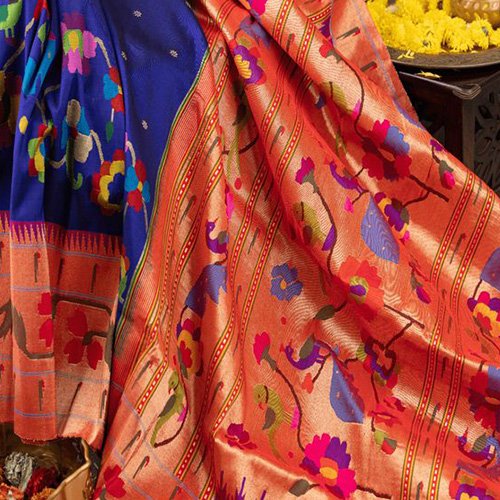
Complementing the opulence of Paithani is the minimalist yet expressive Warli art, which originates from the indigenous tribes of the state. Warli paintings, typically created on the mud walls of village homes, use simple geometric shapes to depict everyday life, nature, and the community’s close relationship with the environment.
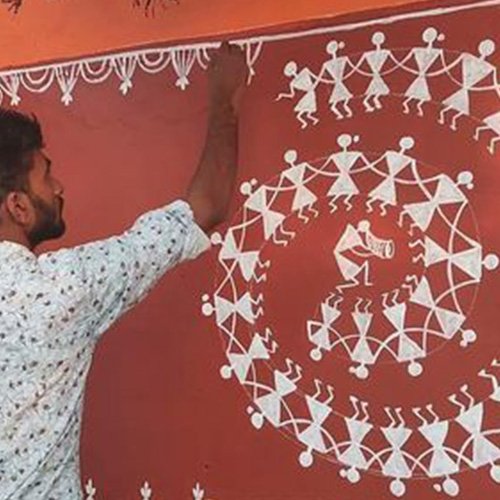
West Bengal, a region steeped in intellectual and artistic history, is a treasure trove of design traditions that reflect its rich cultural legacy. The state’s architecture, textiles, and art forms offer a unique window into a world where tradition and creativity coexist. The terracotta temples of Bishnupur, located in the Bankura district, stand as some of the finest examples of Bengal’s architectural heritage. These temples, built by the Malla kings during the 17th and 18th centuries, are renowned for their intricate terracotta panels that depict scenes from Hindu mythology, as well as daily life.
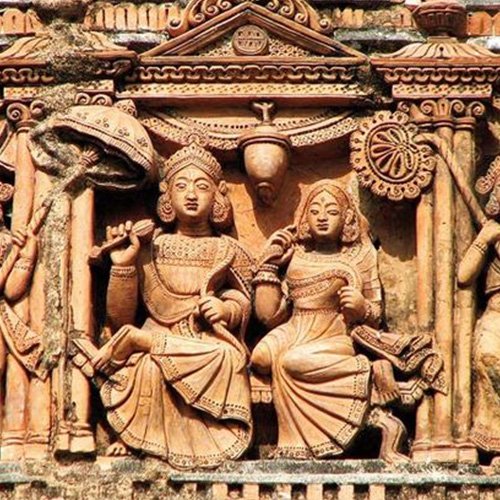
In the realm of textiles, West Bengal’s Kantha embroidery holds a special place. Originating as a form of quilt-making, Kantha has evolved into a sophisticated embroidery technique that adorns sarees, shawls, and home decor items. The beauty of Kantha lies in its simplicity; it involves a running stitch that creates intricate patterns, often depicting motifs from nature, folklore, and daily life. The art form is particularly notable for its ability to turn everyday materials into works of art, embodying the spirit of reuse and sustainability long before these became global movements.
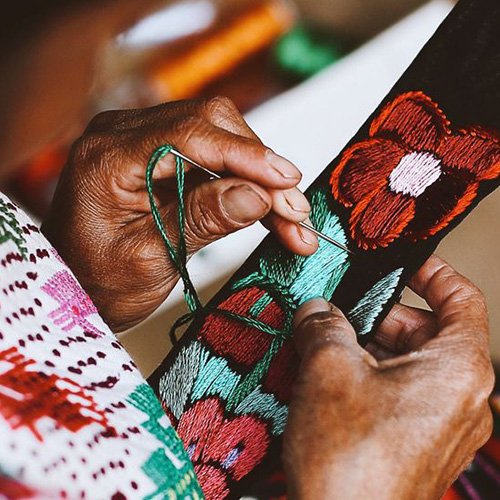
Northeast India, a region known for its breathtaking landscapes and cultural richness, is a tapestry of diverse design traditions that reflect the unique identities of its eight states: Arunachal Pradesh, Assam, Manipur, Meghalaya, Mizoram, Nagaland, Sikkim, and Tripura. Each state in this region boasts its own distinctive style, deeply rooted in its history, traditions, and close connection with nature. From the vibrant tribal textiles of Nagaland to the intricate handicrafts of Manipur, Northeast India is a treasure trove of artistic diversity and craftsmanship.
In Nagaland, the design traditions are closely tied to the region’s tribal heritage. The state is famous for its handwoven textiles, particularly the warrior shawls, which are not just garments but symbols of status and identity. Each tribe has its own distinct patterns and colors, often inspired by nature, animals, and geometric shapes.
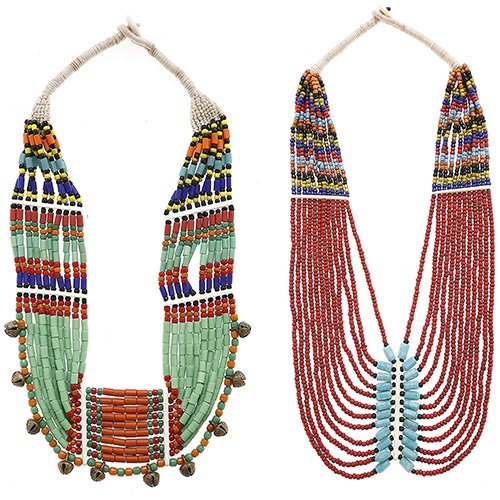
Manipur, another gem in the Northeast, is renowned for its exquisite handicrafts and textiles. The state’s Phanek and Innaphi, traditional garments for women, are known for their elegance and intricate patterns. These textiles are handwoven on looms using fine silk and cotton, often featuring motifs inspired by the natural world and local folklore. Manipur is also celebrated for its Shaphee Lanphee, a traditional shawl that was once exclusively worn by Manipuri royalty.
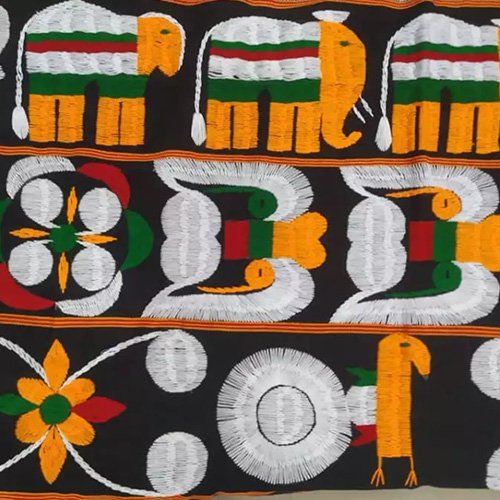
Beyond textiles, Manipur is famous for its crafts such as the Longpi pottery, made from a mix of black serpentine stone and clay, and bamboo weaving, which produces everything from baskets to furniture, all marked by meticulous craftsmanship and a deep respect for the environment.

In Assam, the design traditions are equally compelling, with the state being famous for its handwoven silk, particularly the luxurious Muga silk, known for its natural golden sheen. The weaving techniques used in Assam have been passed down through generations, with each motif and pattern holding cultural significance. The traditional Mekhela Chador, worn by Assamese women, is a masterpiece of textile art, often adorned with intricate designs inspired by nature, mythology, and daily life.
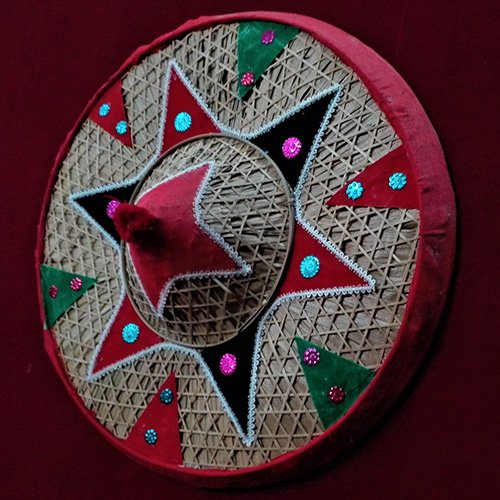
Uttar Pradesh and Bihar, rich in historical and cultural significance, present a design legacy that spans centuries. Uttar Pradesh is renowned for its Mughal architecture, with the Taj Mahal serving as a prime example of timeless elegance. Beyond architecture, Uttar Pradesh’s design heritage includes its vibrant textile traditions. The state is known for its chikankari embroidery from Lucknow, which features delicate needlework and intricate floral patterns on fine fabrics.

In Bihar, the design elements also reflect a rich historical narrative. The ruins of Nalanda University highlight ancient brickwork and the remains of elaborate structures that once housed scholars and monks. The architectural remnants, including intricately carved pillars and intricate terracotta designs, offer a glimpse into the advanced design practices of ancient India. The Mahabodhi Temple in Bodh Gaya is another significant site, notable for its grand structure and design elements. The temple’s intricate carvings, statues, and the revered Bodhi Tree, under which Buddha attained enlightenment, contribute to its spiritual and aesthetic significance.
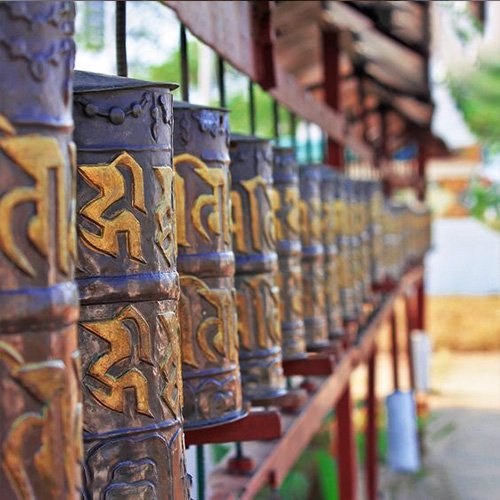
Kerala, often referred to as “God’s Own Country,” harmoniously combines its natural beauty with distinctive design elements that reflect its cultural richness. Traditional Kerala homes, known as nalukettu, are renowned for their intricate wooden carvings and ornate murals. In addition to its architectural charm, Kerala’s design identity is vividly expressed through its Kathakali dance costumes. The elaborate attire, with its vibrant colors and intricate embellishments, plays a crucial role in the storytelling of this classical dance form.
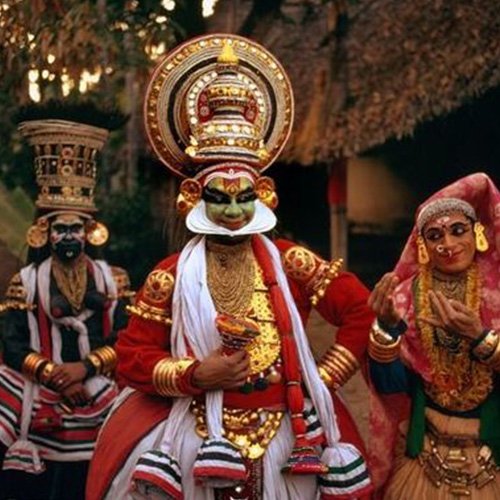
The houseboats of Kerala, or kettuvallams, further illustrate the state’s unique design approach. These traditional boats, crafted from bamboo and coconut palm, are designed to navigate the backwaters while providing a luxurious and eco-friendly living experience.

Kanyakumari, located at the southern tip of India, is celebrated for its vibrant design heritage. The region’s temples, such as the Kanyakumari Temple and the Thiruvalluvar Statue, are adorned with intricate carvings and vivid murals that showcase local craftsmanship and religious artistry. These temples feature elaborate stonework, depicting scenes from mythology and daily life, with detailed figures and ornate patterns that reflect the region’s rich cultural traditions.
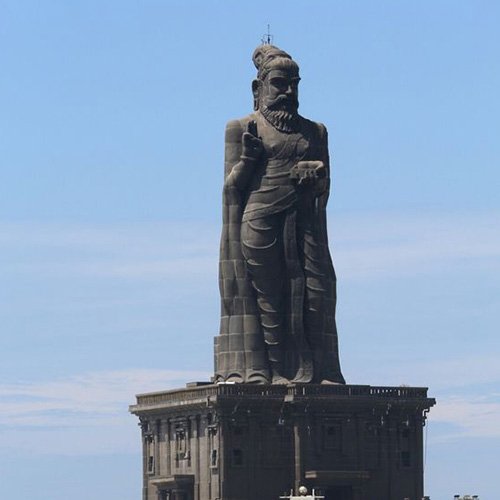
India’s design traditions showcase the creativity and
craftsmanship that define the country. From Kashmir’s detailed woodwork to
Kerala’s unique architecture, each region offers its own perspective on India’s
cultural identity. Whether it’s the opulence of Rajasthan or the colours of
Kanyakumari, India’s regional treasures are ready to be explored.

